
Recipe
Jjambbong
If jjajangmyeon is the queen of Korean delivery food, jjambbong is her biggest rival.
Written by Doobydobap
Jjambbong
If jjajangmyeon is the queen of Korean delivery food, jjambbong is her biggest rival. The two are constantly competing to be the title of Korea's favorite delivery food.
I order jjambbong the most on Sunday mornings when I'm hungover. It's the perfect hangover cure-- it's greasy and spicy. The spice is the kick I need to get out of bed and start my day.
If you've never tried jjambbong before, it's a spicy seafood noodle soup with thinly sliced vegetables and a meat-based broth. It's a popular dish served at Korean Chinese restaurants, but it doesn't exist in China. It's a dish that's been adapted to the Korean palate that likes spicy and smokey food.
The key to a good jjambbong is the broth. The broth needs to be scarlet-red with abundant chili oil floating on top and smoky from the charred vegetables. This can be achieved by big commercial burners at restaurants. However, many household gas burners or inductions do not have this luxury. This recipe has been adapted to compensate for the lack of heat power in most households by cooking individual components separately and not overcrowding the pan to a mediocre mush. The hint of fish sauce is also an umami-bomb that will take the broth to another level.
For noodles, I opted to use ramen noodles for their accessibility, price, and texture. If you have access to fresh Chinese egg noodles, you can opt to use that as well.
Ingredients
- 1 cup cabbage, thinly sliced
- ½ onion, thinly sliced
- ½ cup zucchini, julienned into “matchstick” size
- ½ cup carrots, julienned into “matchstick” size
- 2 cups fresh mussels or clams
- 1 cup seafood mix (squid, shrimp, or any seafood of your preference)
- 2 L chicken broth
- 2 packets ramen noodles
- 1 tbsp fish sauce
- 1 tbsp oil
Chicken Broth
- 1 chicken carcass
- 2L water
- 1 tbsp chicken powder
Chili Oil Sauce
- ¼ cup finely diced leek
- 1 tbsp minced garlic
- ½ cup neutral oil
- 3 tbsp fine gochugaru
- 2 tbsp soy sauce
- ½ tsp white pepper or freshly ground black pepper
Directions
Broth
- If making broth from scratch, cut the chicken carcass into chunks and cover it with water. Heat on high heat until rolling boil, then drop the heat to a medium. Put the lid on slightly ajar and skim any excess scum. Boil for 45 minutes. Supplement with extra water if necessary.
- Once the broth is finished, take out the carcass and add 1 tbsp of chicken powder. Mix to combine.
Chili Oil Sauce
- Add oil and leek into a medium-sized skillet.
- Heat on medium heat until the leek is translucent / slightly golden-brown.
- Once the leeks have been infused into the oil, add minced garlic.
- Turn down the heat to the lowest setting and stir to ensure that the garlic does not burn.
- Add the gochugaru into the oil. Mix until the oil is a bright-red hue.
- Turn the heat off and drizzle in soy sauce on the edge of the pan. You will smell a slightly burnt-soy smell. This is key to making sure that your broth will have a deep smoky umami broth.
- Finish with some white pepper and transfer into a separate container. If you’re not making jjambbong right now, you can put it in an air-tight container and store it in the fridge for up to five days. You can use this sauce for soondoobu jjigae as well!
Assembly
- Heat a large skillet on high heat. Once the skillet starts to smoke, take it off the stove and drizzle in 2 tbsp neutral oil.
- Turn the heat back on high and add the thinly sliced veggies into the pan. Make sure not to overcrowd the pan because we don’t want the veggies to steam!
- Let the veggies char and wilt slightly. Toss to combine. The veggies should still have a crunch but have char on the outside. This process will take 2-3 minutes. You can also opt to put in 2 tbsp of high-proof alcohol and flambé the veggies!
- Transfer onto a separate tray.
- Heat a large wok/pot on high. Once the wok starts to smoke, drizzle in oil.
- Add your seafood mix and mussels. Cook for 30 seconds or until the mussels start to open up slightly. Then add your chicken stock and chili oil sauce.
- During this time, cook your ramen noodles al dente. Rinse under cold water to firm up the noodles and rid of excess starch.
- Once the soup comes up to boil, add the fish sauce in. Taste and add more fish sauce if needed. Ladle the broth on top of the noodles to warm it up. Then put the veggies and mussels for a beautiful presentation. Enjoy!
Recent recipes
Hi, I’m Tina aka Doobydobap!
Food is my medium to tell stories and connect with people who share the same passion. My recipes are a culmination of my experiences. I hope you enjoy recreating them at home, and if you do, make sure to tag me on Instagram!
Recent recipes
Hey Doobies, thanks for visiting! Join my mailing list for more delicious recipes and stories.


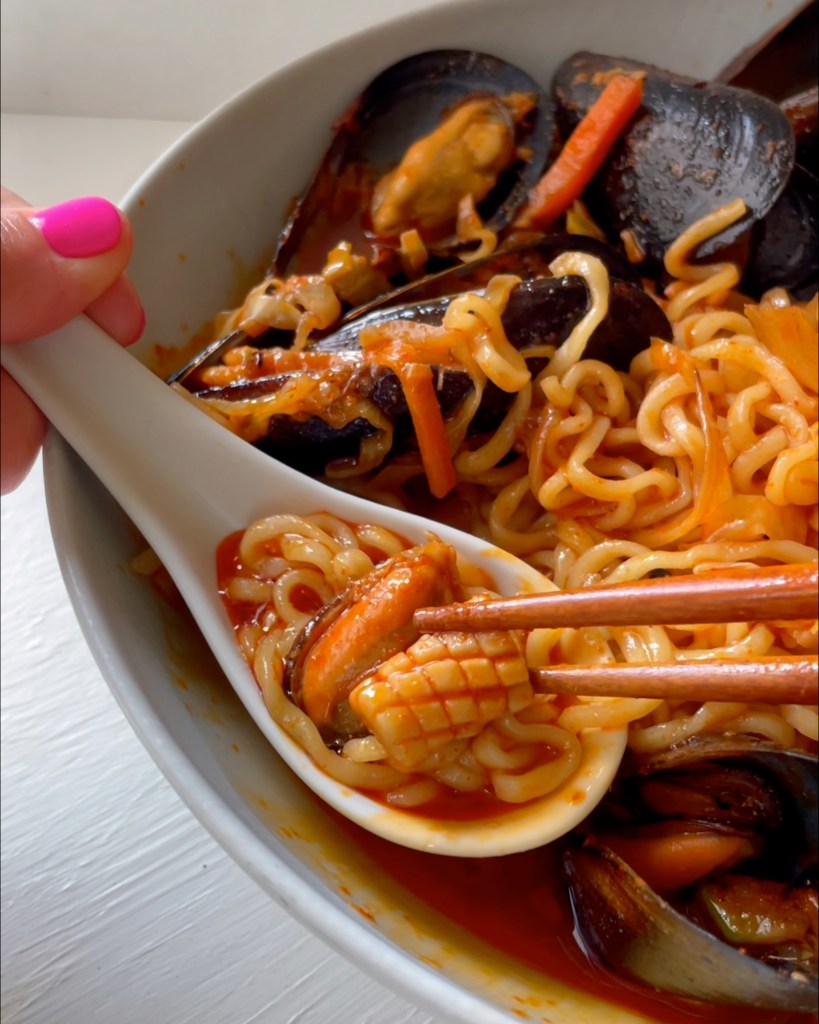
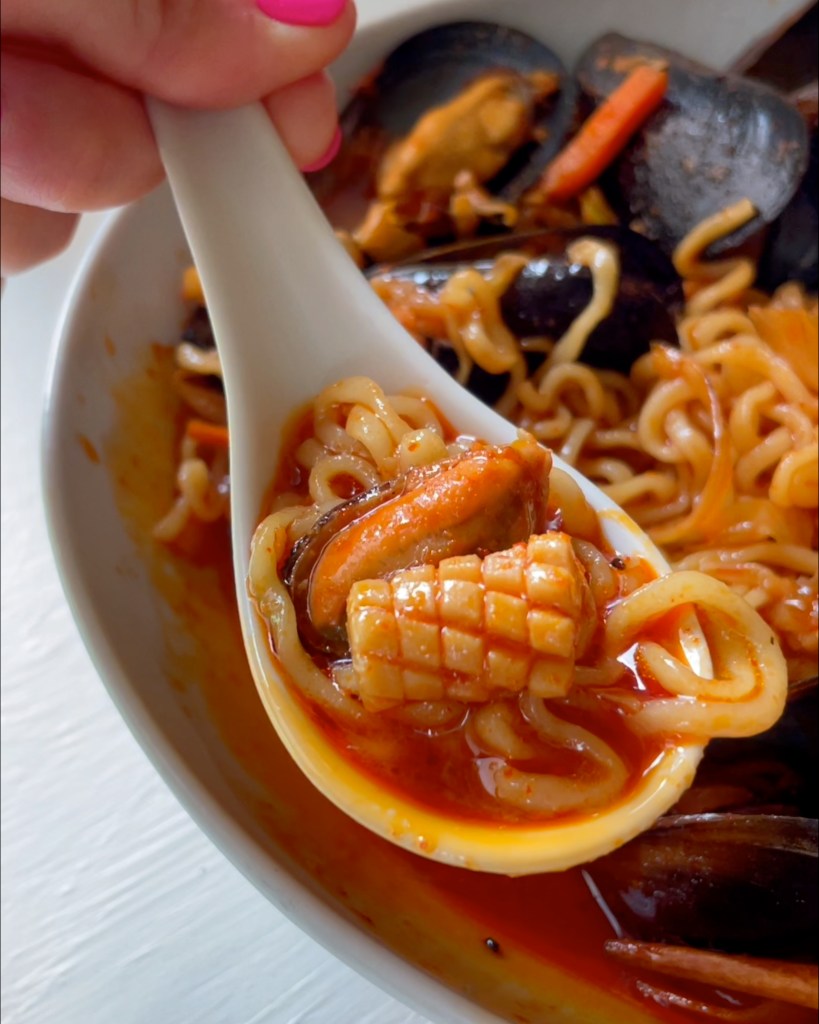

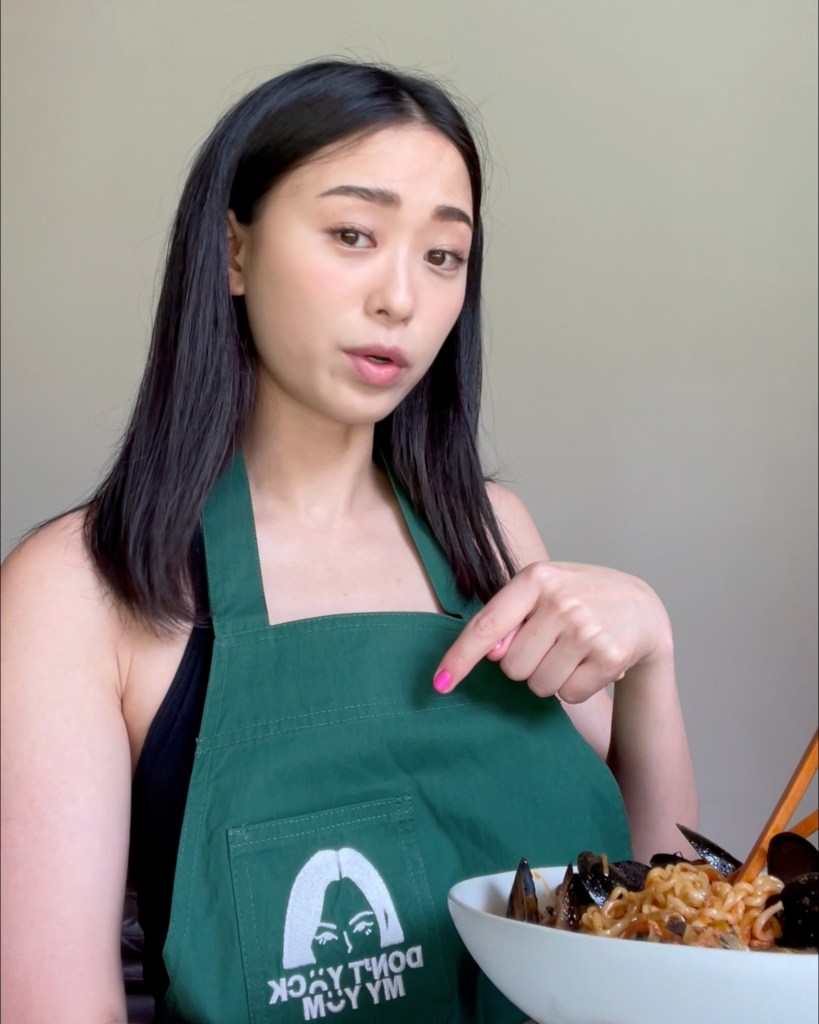
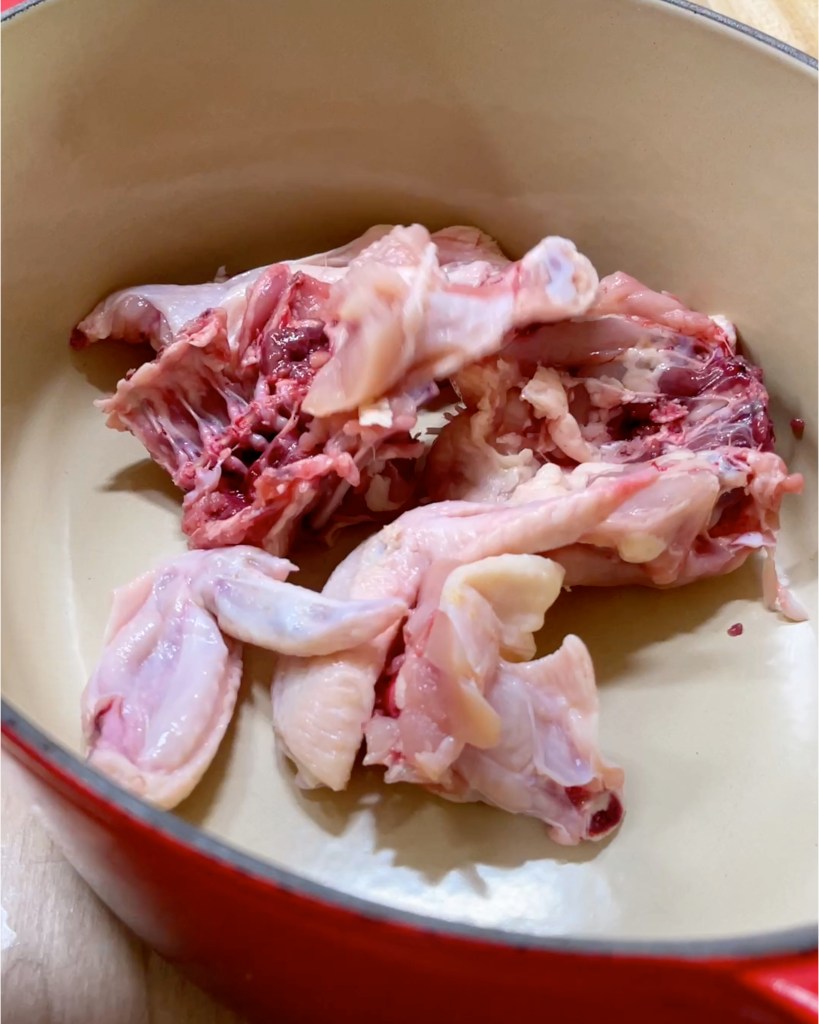
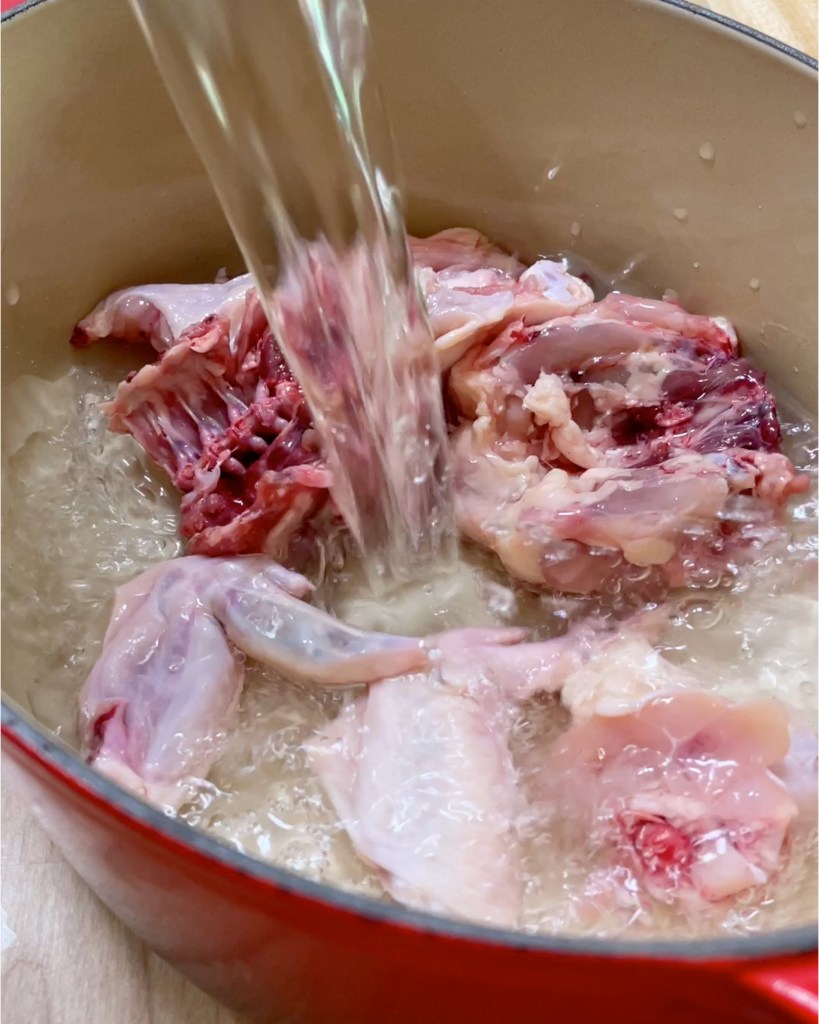

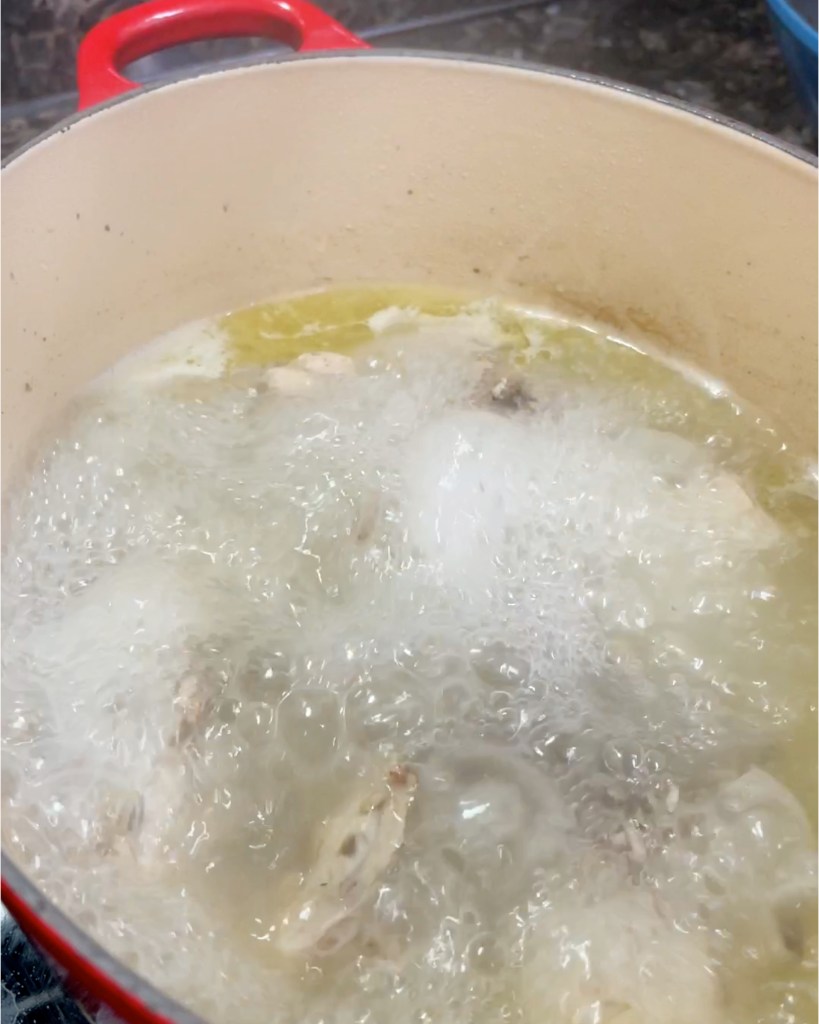




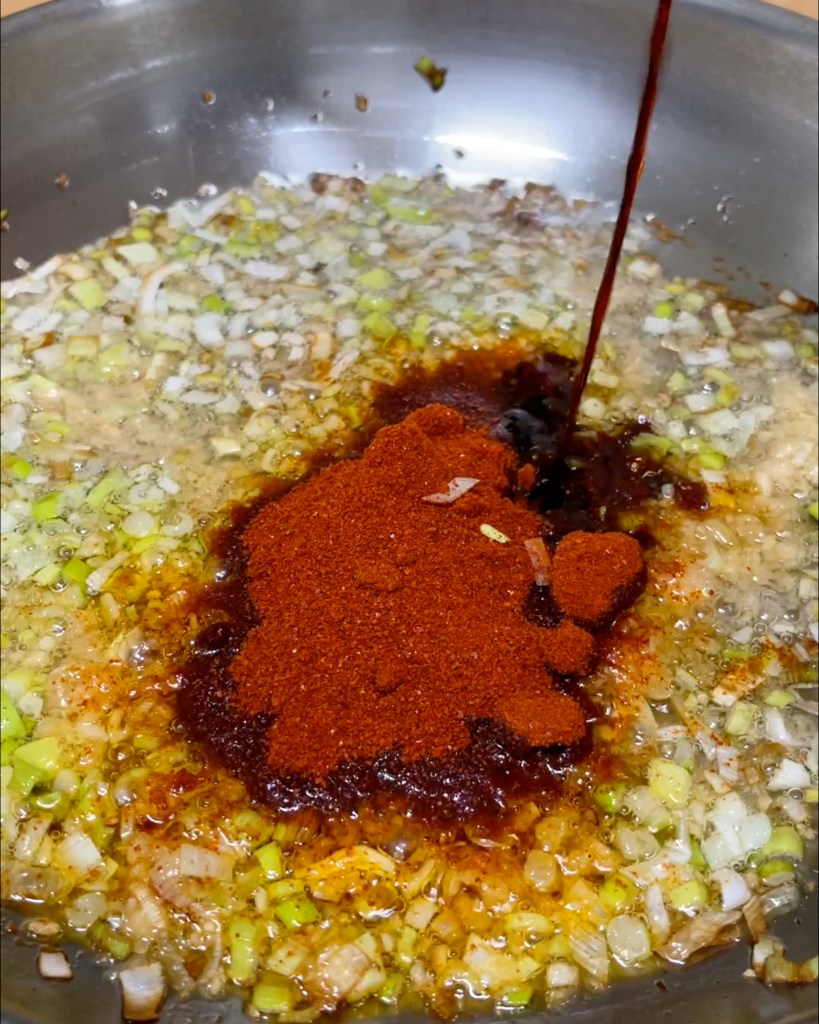
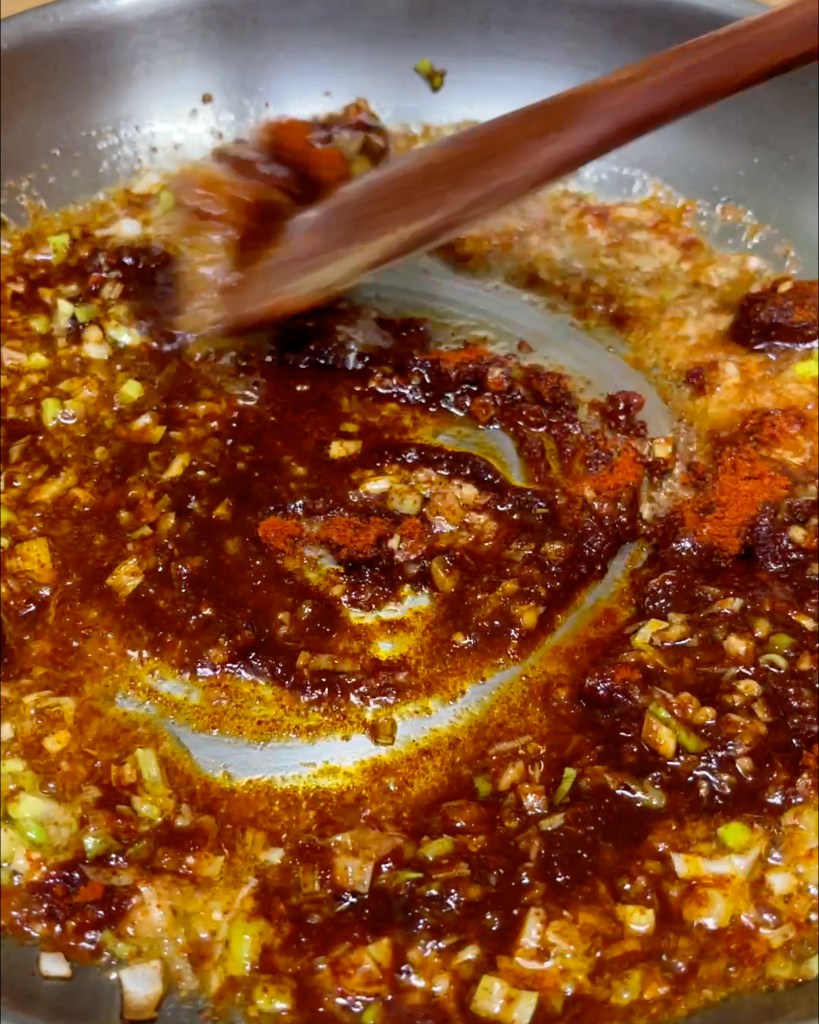
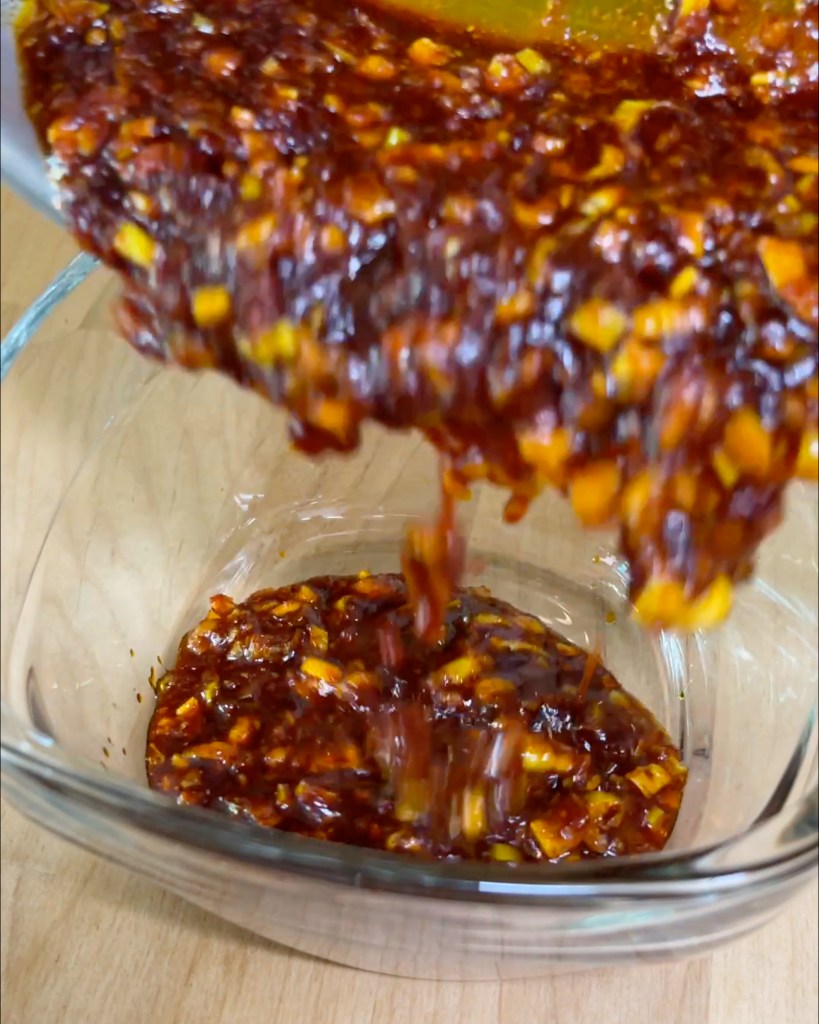

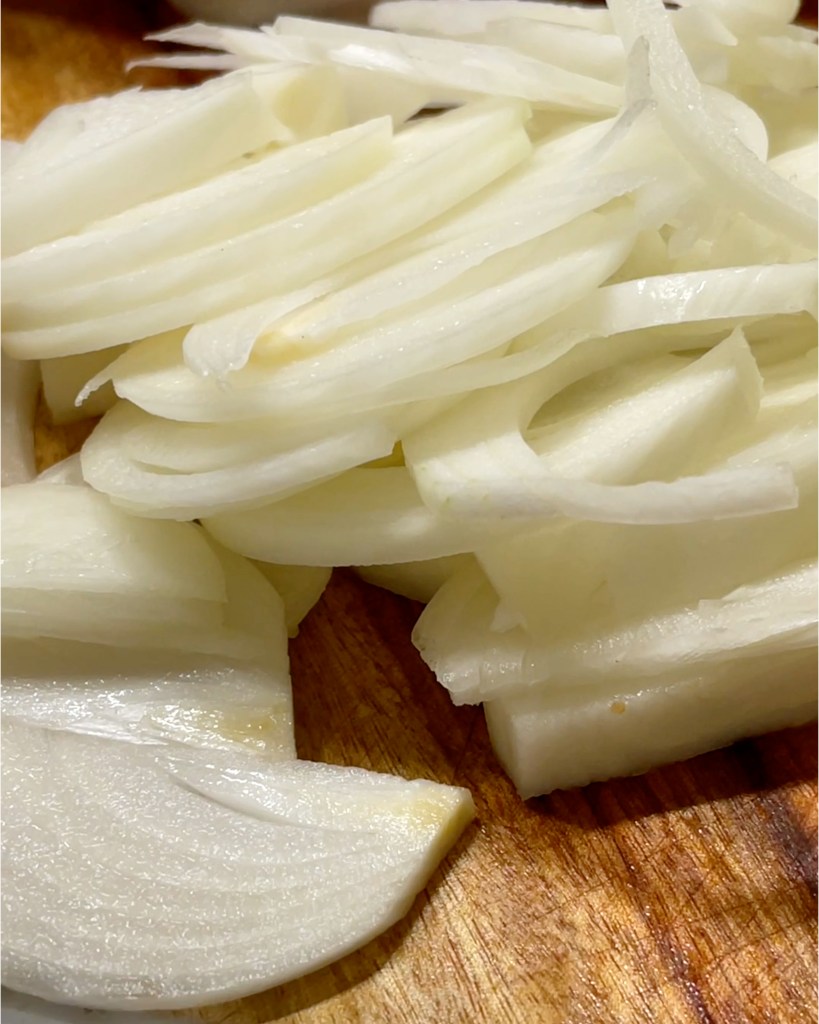
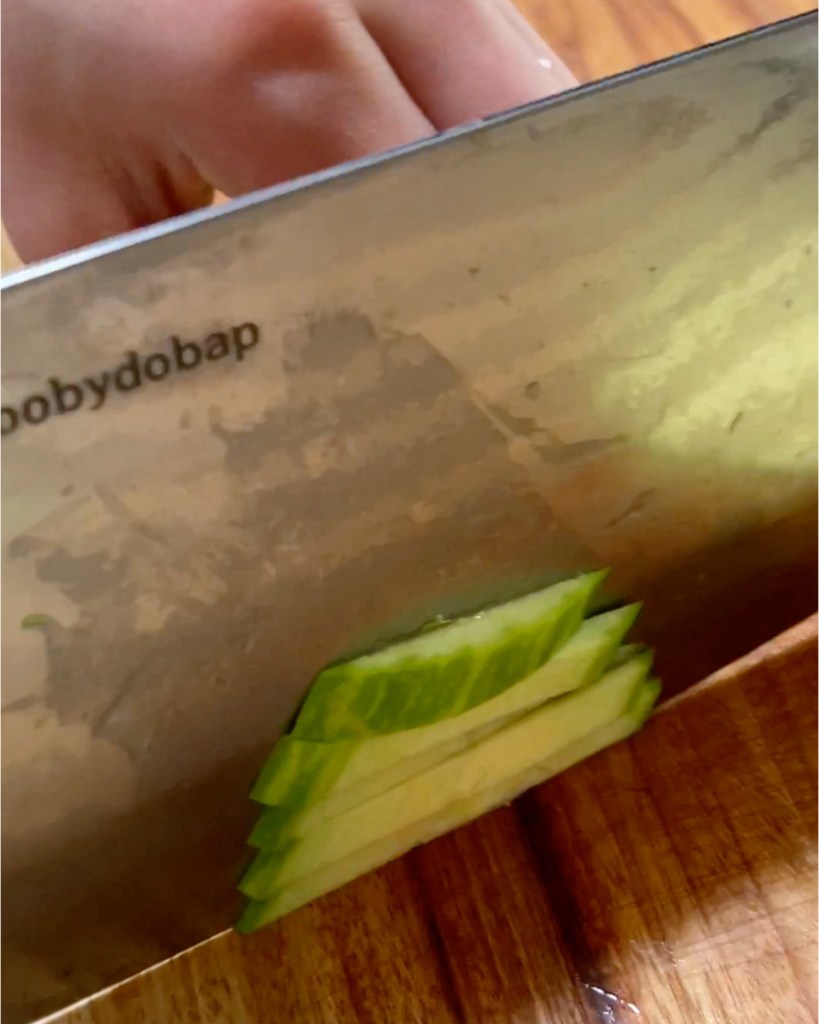
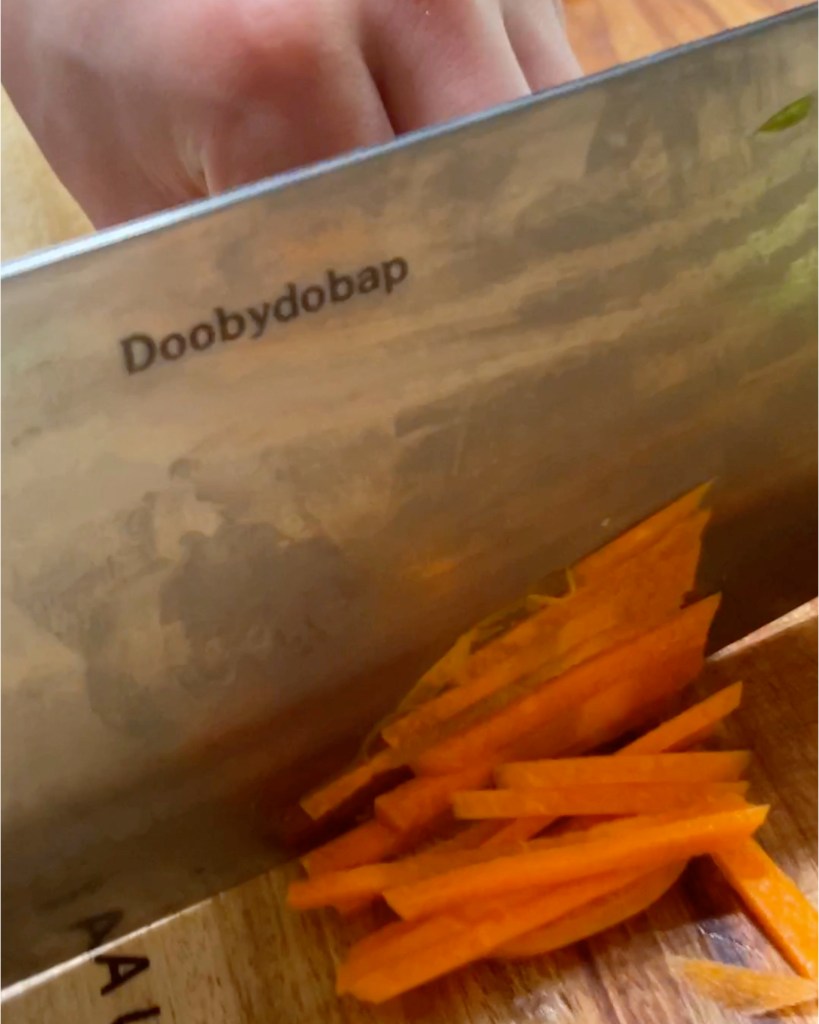

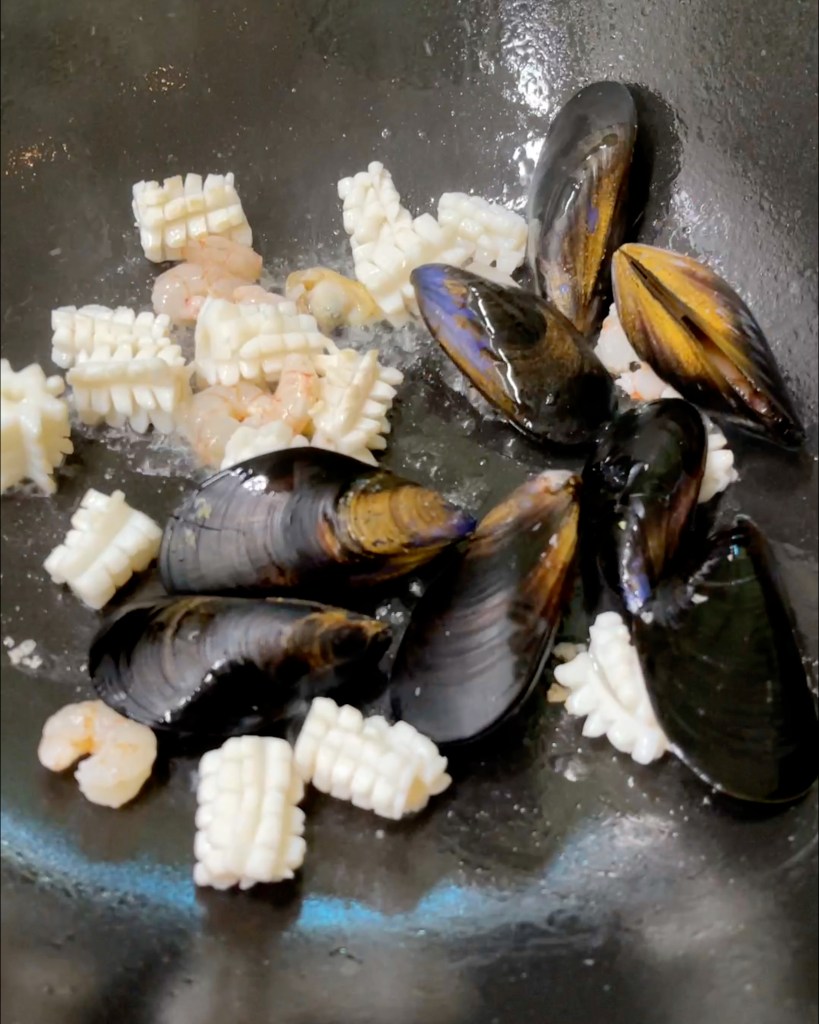
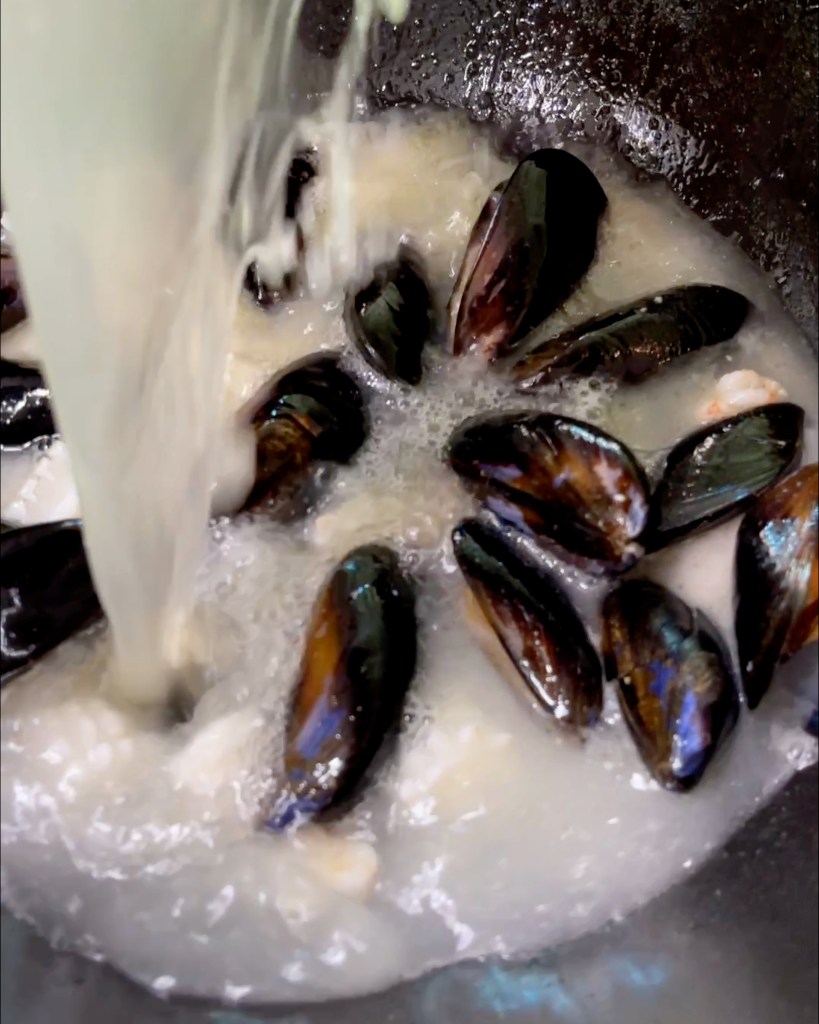
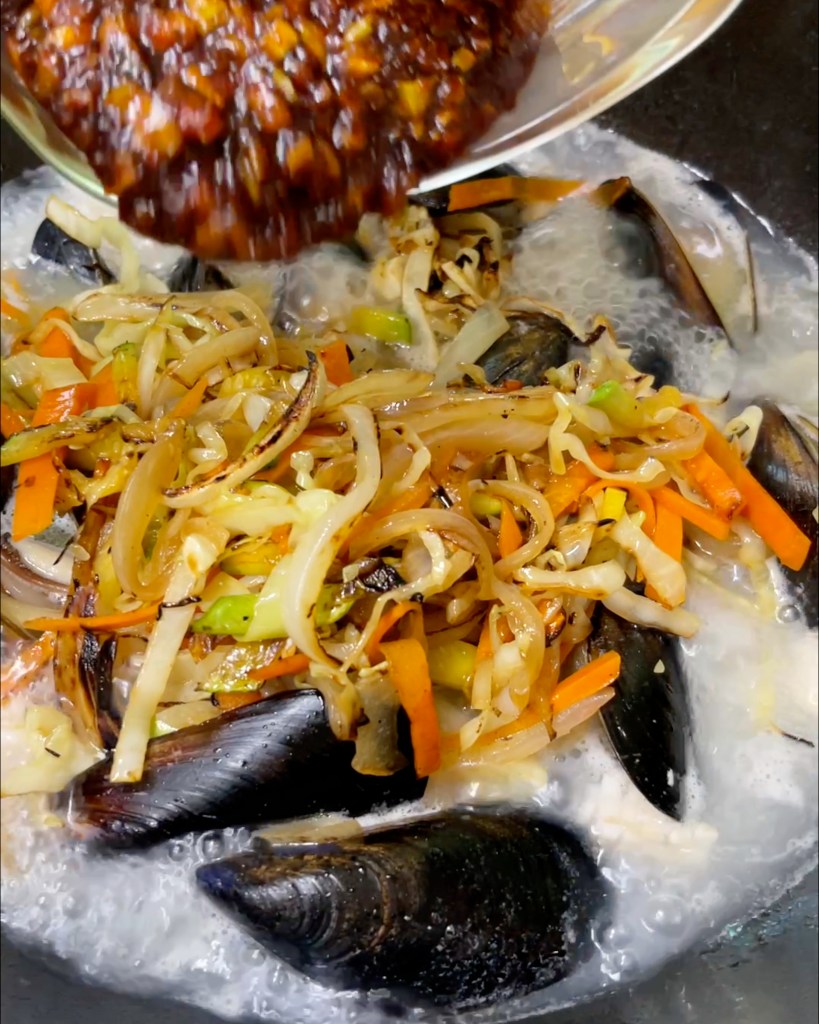
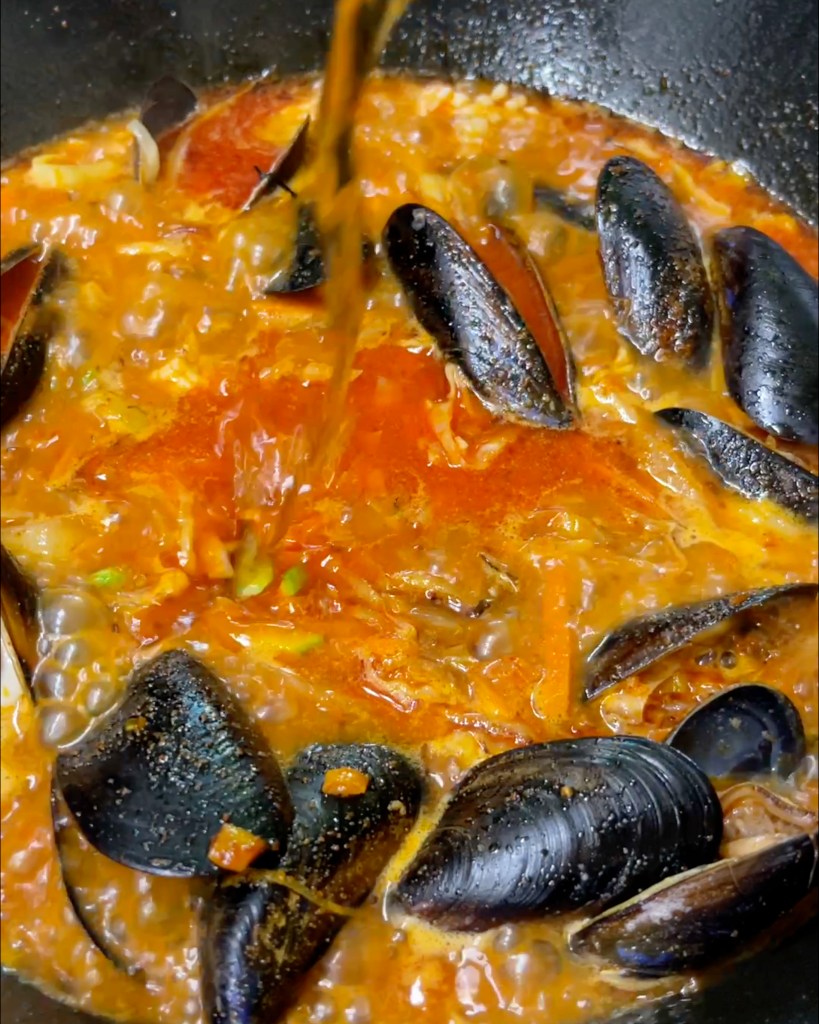
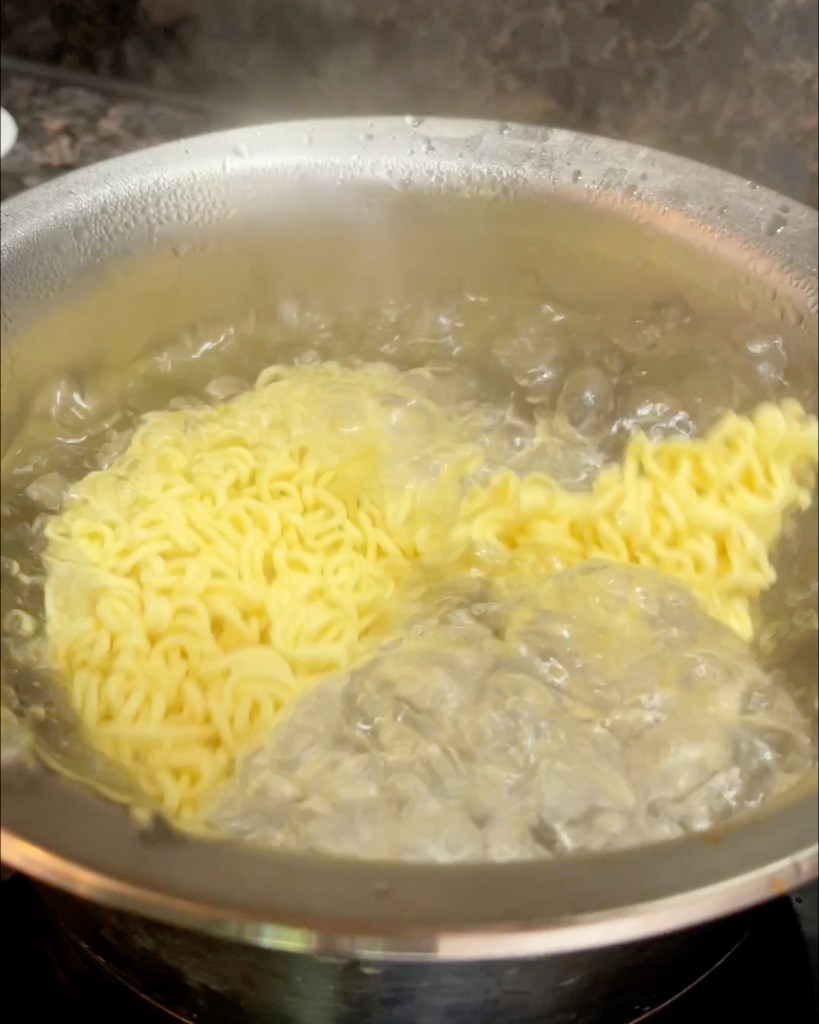
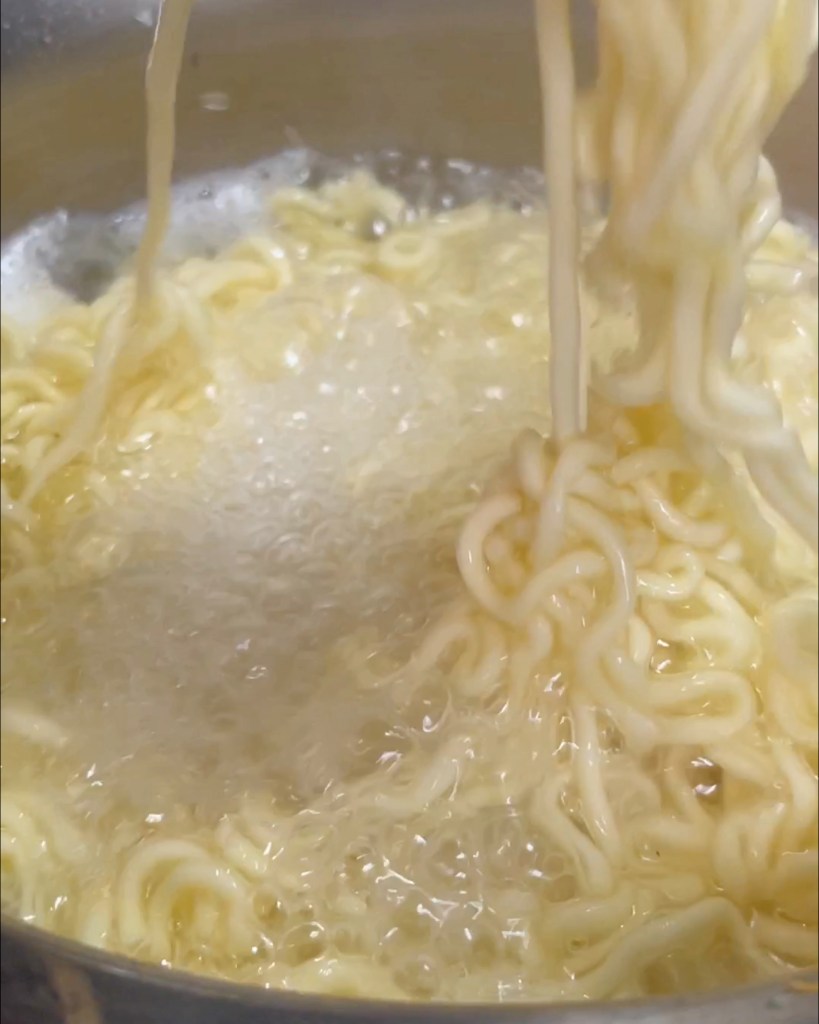
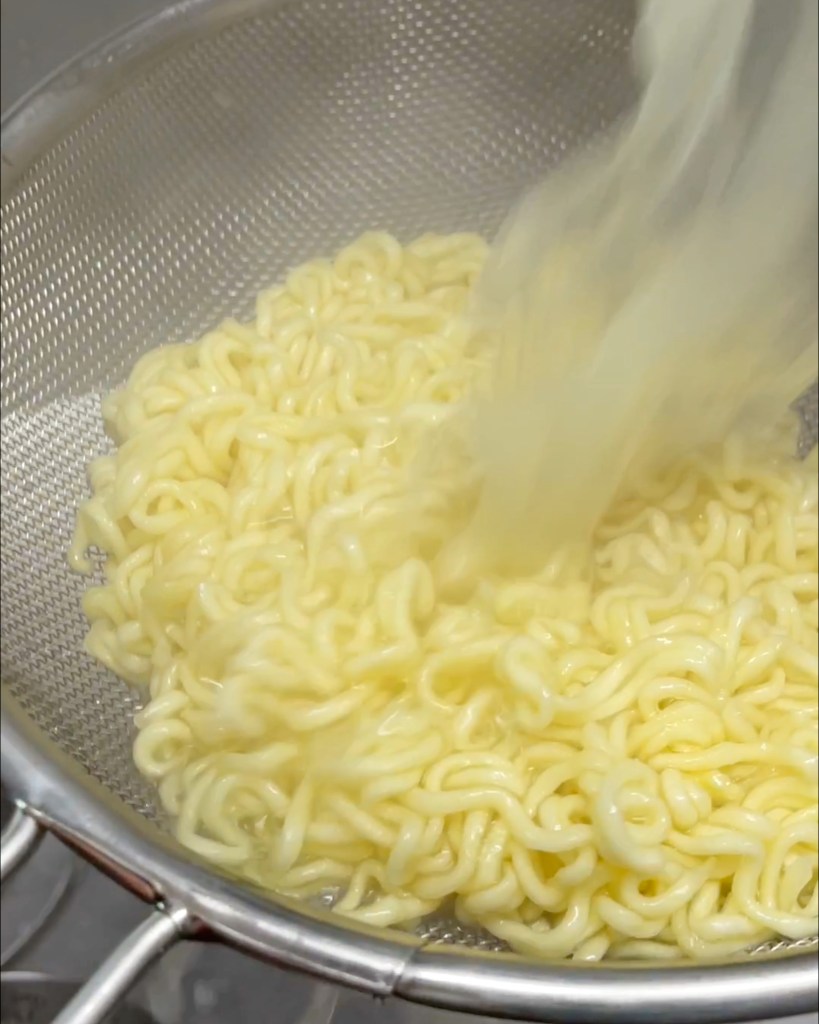

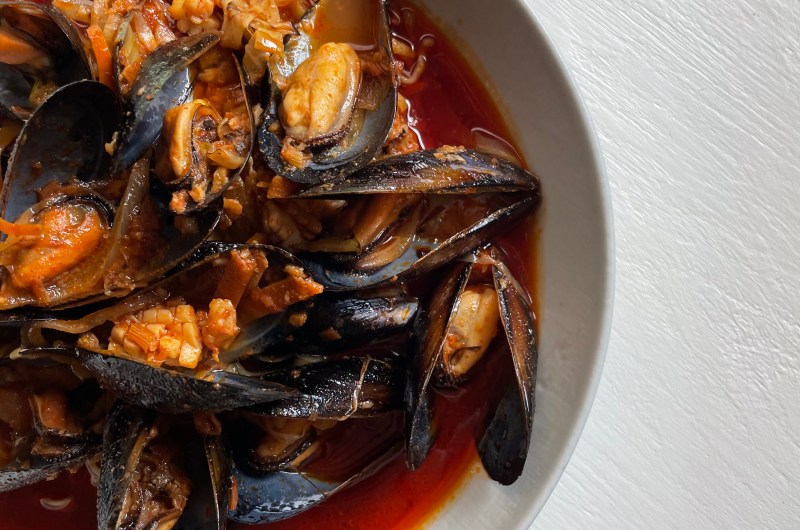
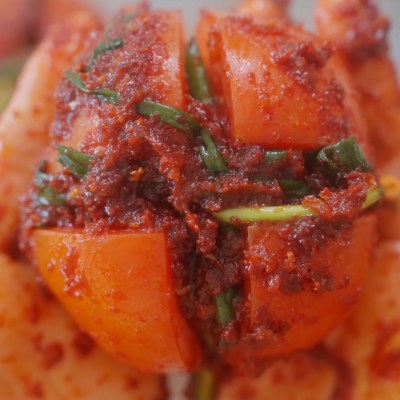
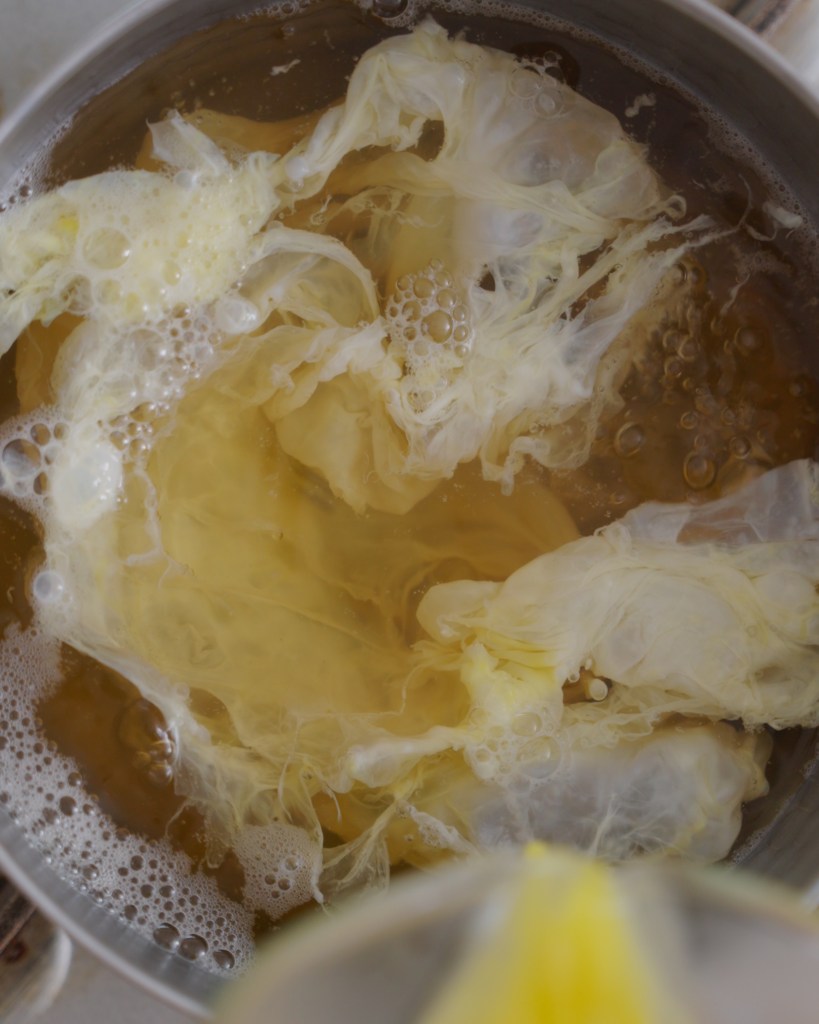


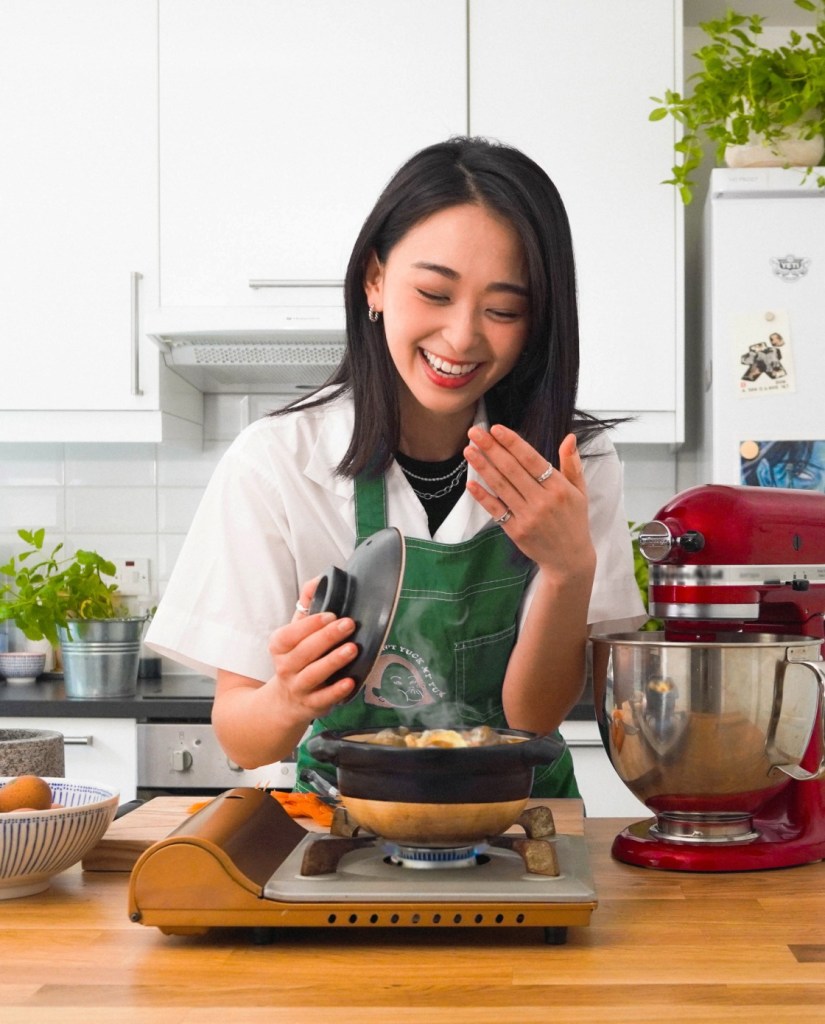

Comments